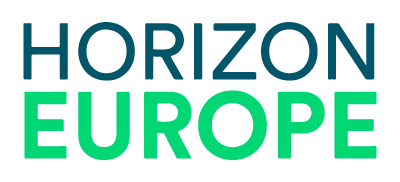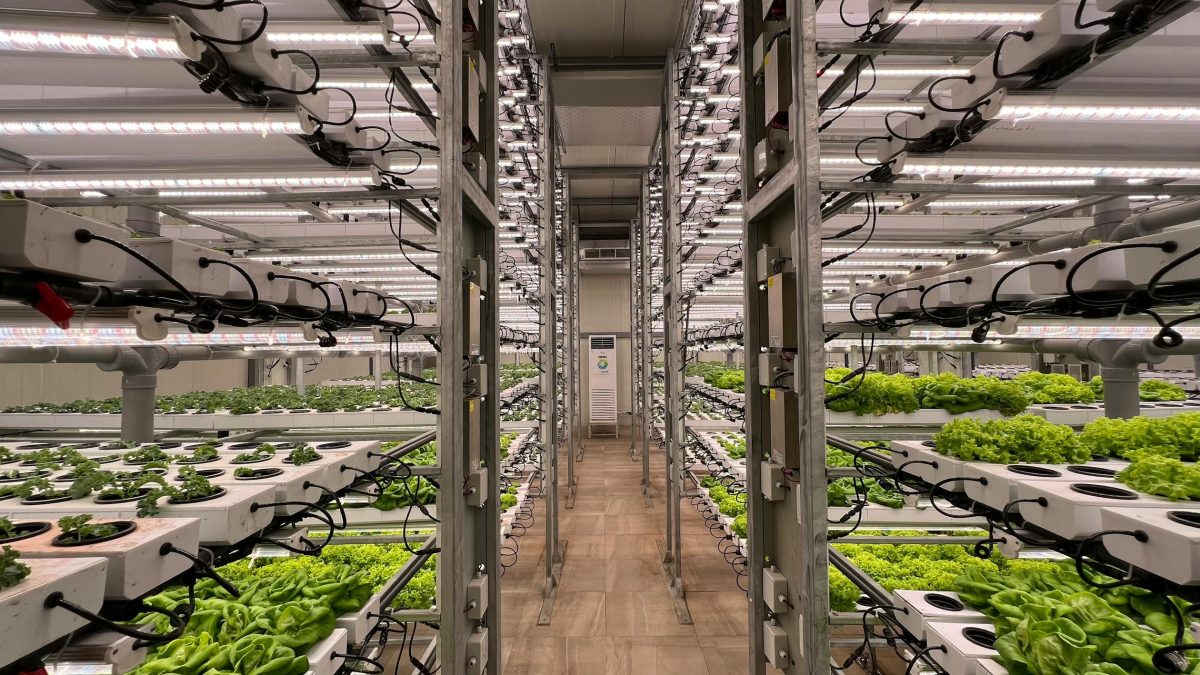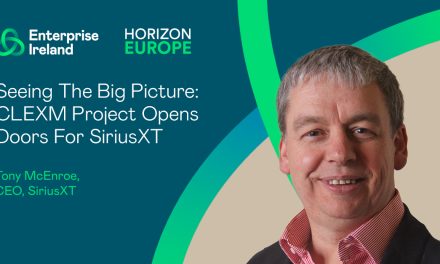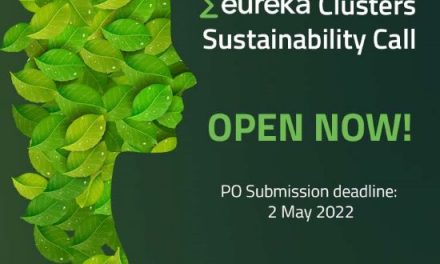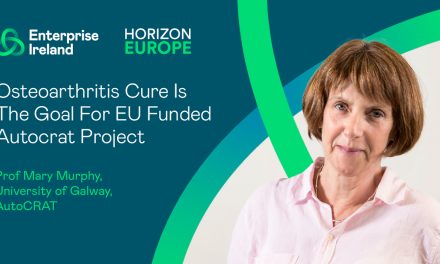Horizon 2020 is an ideal funding stream as it enables cross-border collaboration and ensures that technology developed will be fit for purpose on a pan European basis.” Dave Hearne, Walton Institute, NIVA Horizon 2020 project.
Key Takeouts:
Walton Institute (formerly TSSG), part of the Waterford Institute of Technology, is involved in a project that aims to develop and implement a range of digital innovations to improve the administration of the Common Agricultural Policy (CAP). The NIVA project has received €10.5m in funding from the European Union’s Horizon 2020 research and innovation programme. Walton Institute is focused on developing a geo-tagged photo app to help simplify the CAP claims process for farmers and paying agencies.
Case Study: NIVA
The European Union’s Common Agricultural Policy (CAP) supports farmers, safeguards agri-food supplies and encourages sustainable management of land resources. Administering and controlling payments to farmers under CAP is done through the integrated administration and control system (IACS), which is the subject of the Horizon 2020 project, NIVA (New IACS Vision in Action).
The three-year project, led by The Netherlands’ Wageningen University & Research and involving 27 partners, aims to modernise IACS by delivering a suite of digital solutions, e-tools and good practices for e-governance. These will ultimately produce more transparent, simpler processes that will reduce the administrative burden on farmers, paying agencies and other stakeholders.
In Ireland, a multi-disciplinary team made up of The Walton Institute (formerly TSSG) – a centre of excellence for ICT research and innovation – the Waterford Institute of Technology (WIT), Teagasc – the Agriculture and Food Development Authority – and led by the Department of Agriculture, Food and the Marine is tasked with developing a geo-tagged photo app.
The app will be used to resolve claim queries by enabling farmers to send digital photos of their land parcels directly to the paying agency, which will reduce the need for inspections and accelerate claim processing.
“Our app is one of nine innovations in this project with different countries working on each,” explains David Hearne of Walton Institute’s Creative Design Unit. “Other areas include decision support systems, machine data and a solution for simplifying payments, but in the end they will all come together in one ecosystem, which will be used by paying agencies across Europe.”
Although it won’t be the first geo-tagged photo app on the market, Hearne explains that what sets this one apart is the user-centric, multi-actor design.
“We take the approach that we don’t know what the users want; we can’t decide what’s best for a farmer in the west of Ireland who needs to send a photo to the Dept of Agriculture. So the project started by gathering data about the needs of all stakeholders, not just in Ireland but across Europe. It’s an iterative process, so when we’d developed the first version of the app, it was tested by users across Europe and their feedback informed the next iteration and so on.
“The fact that farmers and other stakeholders have been involved from the beginning gives them a sense of ownership, and that should result in a higher adoption rate at the end,” adds Hearne.
Horizon Benefits
Horizon 2020 has provided €10.5m in funding for the project, but beyond the financial investment the programme offers multiple other benefits.
“Horizon 2020 is an ideal funding stream as it enables cross-border collaboration and ensures that technology developed will be fit for purpose on a pan European basis,” says Hearne.
“Currently, our app is being tested across nine EU countries with over 200 users, and other solutions being developed under NIVA will likewise be tested across different countries, so there’s a lot of interaction, integration and learning across the project.”
Monthly work package meetings and bi-monthly project meetings, all virtual at the minute, keep the project on course and ensure that innovation is shared across the partners.
On a personal and professional level, Hearne believes his involvement in Horizon 2020 projects has been highly advantageous.
“It’s great to focus on these large projects with so many moving parts. You learn so much, for example, the various technologies used in different countries, how they are implemented and what the issues are.
Hearne confirms “The opportunity to collaborate with researchers in other countries is also invaluable. You build up a huge contact base, which gives you the opportunity to collaborate on more projects.”
To others who have not yet dipped their toe in the Horizon water, Hearne simply says “Do it”.
“It’s a great opportunity to be involved in projects that can actually change people’s lives. With NIVA we’re reducing the burden on farmers, so we’re making a difference. My advice would be to focus on something that you’re really passionate about.”
His other advice is to seek out the right partners at the start and use the supports that are available to help with putting the proposal together.
“I was involved in writing sections of the NIVA proposal. It was a new experience for me because I come from a very technical background, but I had the support of people in WIT to guide me in how to approach it. And the more you do it the easier it gets.
“We’re also in close contact with Enterprise Ireland, who have a real interest in the project, and we know that they’re there to help us if we need it.”
